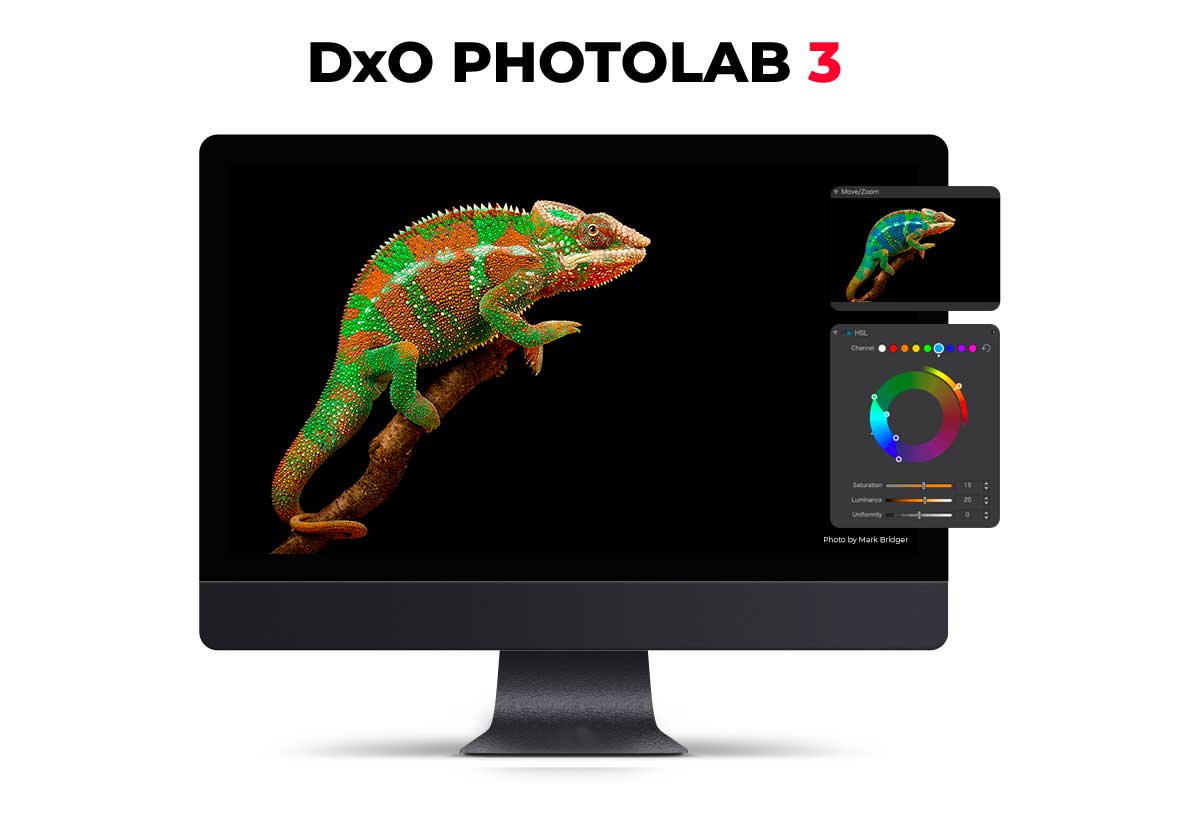
- #Dxo photolab 3 tutorial install
- #Dxo photolab 3 tutorial upgrade
- #Dxo photolab 3 tutorial pro
- #Dxo photolab 3 tutorial software
In addition my impression ist, that they more and more drift to the subscription price model (monthly, yearly). But the updates became more expensive every year - they now cost 229,- € (one-time payment) and contain mostly advances I don't really need and brands like Sony, Fuji, Canon and Nikon are supported much better than Pentax.
#Dxo photolab 3 tutorial pro
A fully-functional, one-month trial version of DxO PhotoLab 3 is available, too, and you can get it here.Since years I'm a user of CaptureOne Pro (from C1P 7 I think) regularly updating nearly every year.
#Dxo photolab 3 tutorial upgrade
If you already have a license for DxO OpticsPro or DxO PhotoLab 2, you can simply get an upgrade license for DxO PhotoLab 3 by signing into your customer account on DxO’s website.Īnd if you still aren’t sure about the purchase, you can see for yourself what improvements have been made without paying a dime.
#Dxo photolab 3 tutorial install
You can install the program on two computers with the DxO PhotoLab 3 ESSENTIAL Edition or on three computers with the DxO PhotoLab 3 ELITE Edition. You do not need a subscription to use DxO PhotoLab 3.

#Dxo photolab 3 tutorial software
Until 24 November 2019 you can get the software at these launch prices: If you like what you’ve just read, you can download the ESSENTIAL and ELITE editions of DxO PhotoLab 3 on DxO’s website, both for PC and Mac. The software’s de-noising capabilities for RAW photos taken with certain Canon and Olympus cameras have been improved as well. More than 3,000 optical modules have also been added to the database, which now includes over 50,000 different camera/lens combinations. It recently added the Canon G5 X Mark II and G7 X Mark III, the Nikon P1000, the Panasonic Lumix DCG90/G95/G99/G91, Lumix DCFZ1000II, Lumix TZ95/ZS80, the RicohGRIII, and the Sony A7RIV and RX100 VII. Last but not least, DxO PhotoLab 3 adds new cameras to the list of gear it supports.

DxO notes that this feature will be available for the Windows version in the near future). Note that, so far, this is available only for the macOS version only.

You can now add, delete, or rename keywords for one or multiple images simultaneously and include them in multi-criteria searches. The software now offers keyword management and optimizes image organization all the way up to export. DxO PhotoLab 3 adds another search criterion to make your workflow faster and more efficient: keywords. So far, the DxO Photo Library allowed search by metadata, shooting parameters, folders, etc.). You can make them visible, mask them, or adjust their opacity individually. It lets you manage local correction masks that have been layered within a single image. Local Adjustments palette also has some improvements in DxO PhotoLab 3. Feathering and opacity levels can also be adjusted in both modes. In addition, DxO PhotoLab 3 also offers Clone Mode which lets you directly replace the area you are editing. It now lets you manually reposition the area in the source image that you want to use to reconstruct an area in the image you’re editing, which certainly gives you more control and precision. The Repair Tool, which erases unwanted elements from the image, has also been updated. The Saturation and Luminance sliders now operate more independently, offering you more flexibility for both editing colour images and converting them to black and white. There’ also a new Uniformity setting which lets you adjust colour variations within a specific range. It lets you select a colour range from eight different channels, fine-tune the value, select a replacement colour, and adjust your transitions. It features a new colour adjustment mode based on a chromatic circle called the DxO ColourWheel.

The HSL Tool offers unparalleled control, so you can get a more natural-looking colour. As I mentioned, the latest version focuses a lot on colour improvements.


 0 kommentar(er)
0 kommentar(er)
